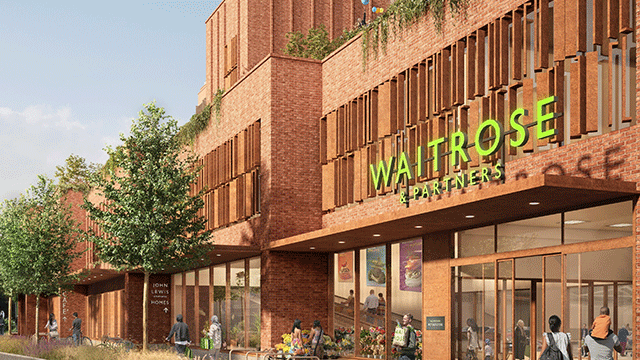COMMENT The UK’s build-to-rent sector continues to demonstrate remarkable resilience amid broader economic turbulence. With more than £1.1bn invested in the first three months of 2025 – marking the seventh consecutive year first-quarter investment has topped £1bn – the sector’s foundational strength is undeniable. However, behind these encouraging figures lies a more nuanced reality.
Although investment volumes remain robust, the nature of investment is steadily evolving. Funding new development remains the primary route to market, accounting for almost three-quarters of deals in Q1. Joint ventures climbed to 17%, reflecting the attractiveness of sharing risk, and stabilised acquisitions represented 11%, with more operational assets coming to market as some early investors look to recycle capital.
Moreover, the even split between the single-family housing and multi-family deals we’re witnessing hints at a larger trend. SFH’s growing prominence isn’t just coincidental, but instead represents a strategic pivot as investors recognise the untapped potential of suburban rental markets.
Migration of capital
A substantial decrease in the cost of debt is looking highly likely as we move through 2025, with up to three further cuts to the Bank of England base rate expected this year, in addition to the one we saw in May.
Against this backdrop, we expect to see more core and core-plus capital returning to the BTR market; indeed, our NextGen Living investor survey, which launched earlier this year, confirms this shift, with nearly 70% of respondents intending to increase investment in core and core-plus strategies in the months ahead.
Perhaps the most compelling indicator of BTR’s future potential is the current market penetration. Just 2% of private rented sector homes are held by institutions, with the remaining 98% in the hands of private buy-to-let investors. This statistic underscores the extraordinary headroom for growth.
Our recent analysis suggests the BTR sector has the potential to account for at least 30% of all privately renting households across the UK at maturity – equivalent to nearly 1.9m purpose-built rental homes. Currently the suburban rental market is particularly underdeveloped, with potential for more than 1m SFH units alongside nearly 850,000 multifamily apartments, including co-living. These figures are based on current demand and the potential will only grow in line with population growth.
The reopening of the Private Rented Sector Guarantee Scheme is also a welcome development that could help unlock some of the significant pipeline of multifamily consents. With nearly £2bn made available through the scheme, our analysis suggests it could support the delivery of more than 13,000 new BTR homes – representing around 12% of currently consented BTR homes.
Navigating challenges
Despite this potential, the sector still faces some significant headwinds. The number of BTR homes under construction has fallen by 11% year-on-year, reflecting viability challenges in the funding market and persistent cost and regulatory pressures.
Recent Knight Frank analysis of completion dates suggests 2026 will likely see declining delivery numbers, with only 28 of the 271 BTR sites currently under construction due for completion in 2027.
This reality is being exacerbated by schemes subject to the Building Safety Act, which are experiencing elongated delivery timelines due to new approval gateways and capacity constraints at the Building Safety Regulator.
It is fair to say the current market presents both challenges and opportunities for developers and investors.
With first-time buyer mortgages falling to their lowest level in a decade in 2023, particularly in urban areas, demand for high-quality rental housing will only continue to strengthen. Meanwhile, BTR’s geographical footprint continues to expand beyond the core cities of London, Birmingham and Manchester, with 29 new local authorities welcoming their first BTR schemes in the past year – a testament to the sector’s growing nationwide appeal.
Those investors able to navigate the complex funding landscape while addressing increasing tenant expectations will find themselves well-positioned as the sector evolves.
Lizzie Breckner is head of residential investment research at Knight Frank
Image from Knight Frank
Follow Estates Gazette











